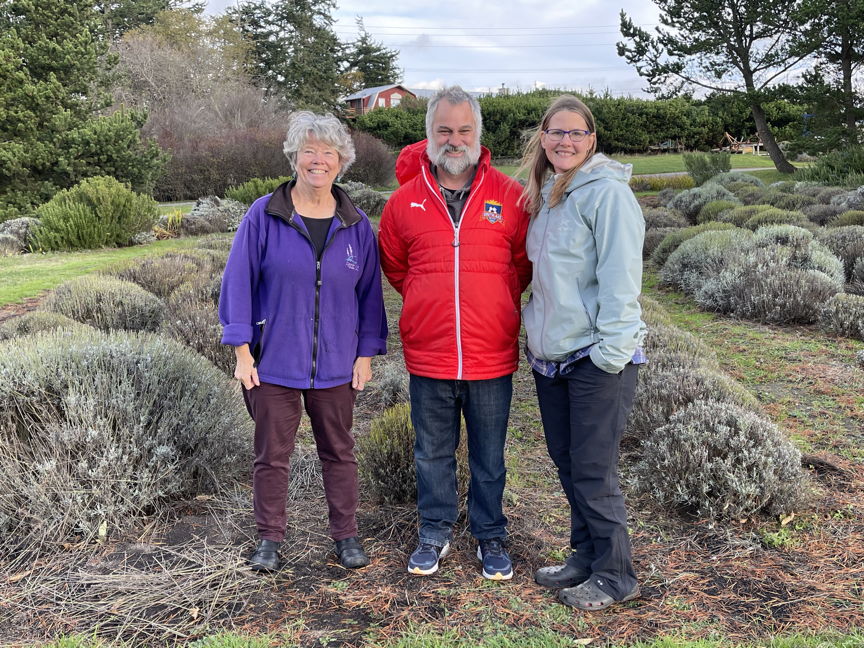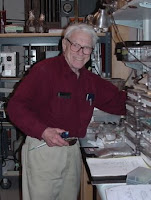We’ve made some big changes this year
The farm has transitioned to new owners

Short Version
In 2000 I planted our first lavender field of about 400 plants. In 2021 I sold the farm part of the business, but not the shop in Coupeville. The new owners have started a website for their farm Western Sun Lavender. I am working with Tyler and Jenny to help them continue growing and harvesting great lavender. Meanwhile, the shop in Coupeville is still mine and it is busy!
Long Version
I’ve been growing lavender for 22 years. It seems like yesterday that I put in the first plants and my farmer neighbor, Jerry Bell, helped me by breaking ground for me when I wanted to get a new section in the field started. Starting as a new farmer is a daunting task, unless, you are someone, like me, who jumps into new things and learns how to swim after the dive in. Now that we have the US Lavender Growers Association you don’t have to do it that way, but I digress. I got lucky – the lavender growers in Sequim organized an international lavender conference in 2000 and I attended. I met some of the greats in lavender and, most importantly, learned that I had better develop the farm in small chunks.
Over the years the farm went from a small plot of lavender to more than 6 acres of 17 varieties of lavender and some catnip and chamomile. That’s not a huge amount in the worldwide lavender growing community where you’ll see fields of lavender that span dozens to hundreds of acres, but it’s pretty big for an individual. We always wanted to share the incredible beauty of that spot that overlooks the Strait of Juan de Fuca and the Olympic Mountains, so having guests on the farm was always the plan. Making things from lavender was also the plan. The agricultural community calls that “value added” products in which you take a basic crop and make it into something more accessible or at least different.
We learned to distill the lavender to get the essential oil and hydrosol. We learned to cook with lavender and developed many food products and taught classes on how to cook with lavender. Lots of people want lotions, creams, and soaps that have lavender scent, so we learned how. Over the years we have had an amazing and wonderful collection of people who worked on the farm in various capacities. We hosted festivals and concerts. I helped to start the US Lavender Growers Association with a group of intrepid lavender growers that gathered in 2011 to organize. That association now has about 700 members (as of the end of 2021). In 2012 I bought a building in Coupeville and remodeled it to include a full commercial kitchen and a retail area. At that point we became a two-location business. Having the farm has given me so many opportunities to grow, learn, meet amazing people, and do my bit to take care of the planet.
But, all things change with time, and I turned 70. Being the sole owner of the farm and the shop in Coupeville wasn’t going to be feasible forever. I had started the process to sell the farm just before the pandemic hit and shelved it when it did. It was good, because the farm gave shelter to friends and family for the next year and a half. But, time marched on and, contrary to ordinary hopes of living forever, I put it on the market. That’s where the story will start to change as the new owners, Tyler and Jenny Saltonstall, pick up the reins and learn to farm lavender. It is their intent to have the farm open to the public in 2022 during the “Purple Season”. Let’s wish them well and support them. Meanwhile, come see me at the shop, we are developing in new ways and are looking forward to sharing new and old products with you.


